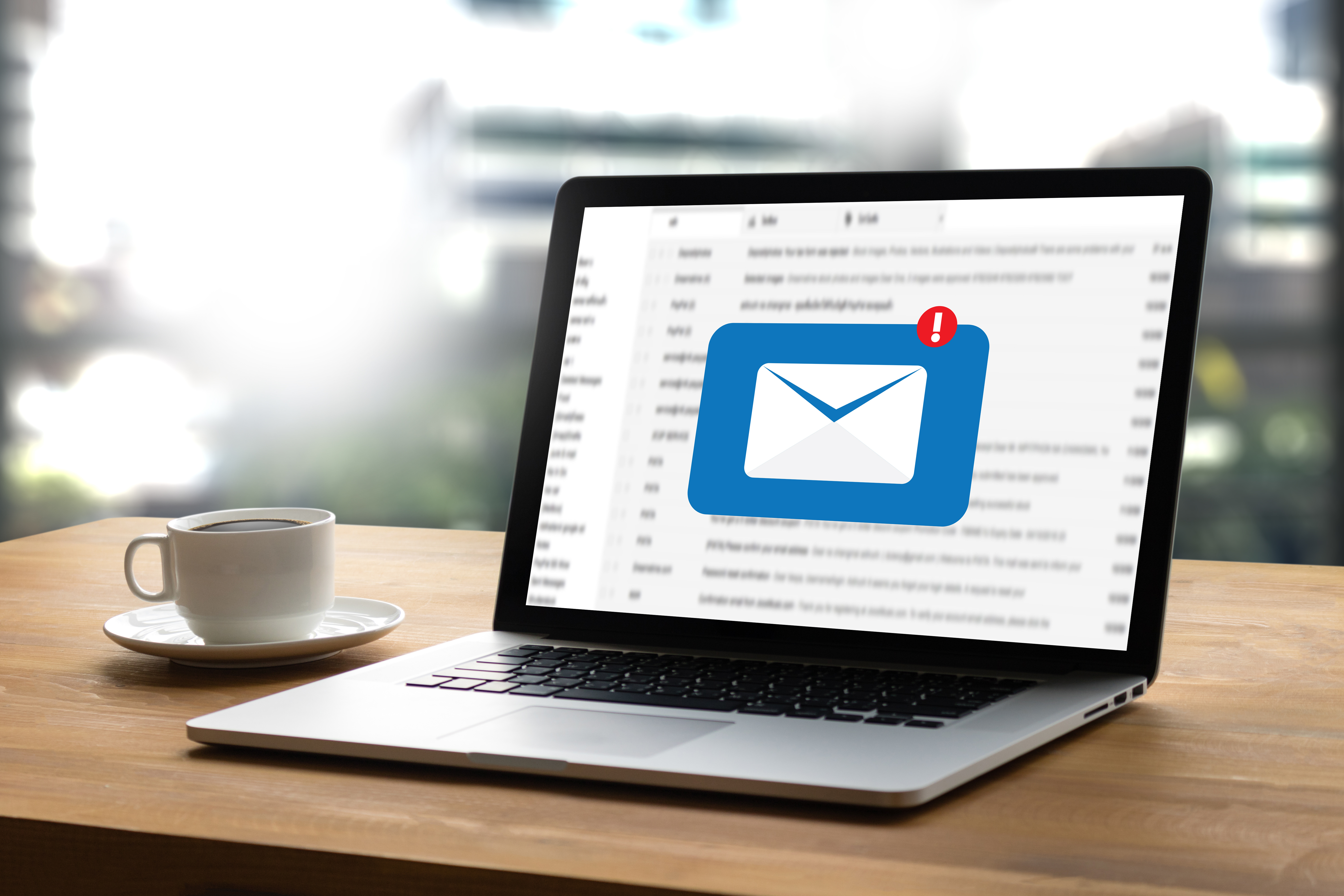You’d be hard-pressed to find an organization today that doesn’t rely on email communication for some or all aspects of their daily work. Even jobs that don’t require sitting at a desk all day utilize email to communicate with employees, coordinate orders or services for customers, and send invoices. Email is, at this point, absolutely essential. In fact, Forrester reported that over half of customers choose to request service through a support email, making it the most popular choice for customers in need of assistance. Email is crucial for internal customers too – that is, for communicating with colleagues.
If email is so ubiquitous now, why is some customer service delivered through email still so poor? While most team members will know the basic functions of email (to send and receive messages), there are many small details and nuances that can make a noticeable difference for both customers and colleagues. The key to excellent customer service, as you likely know well, is often in those small improvements.
Communicating more effectively over email will help you win over the 57% of customers who, according to Ameyo, prefer the use of email or social media rather than phone-based support. It’s a stereotype that’s often thrown around about younger generations – those young kids today hate talking on the phone, right? Well, some might, but phone-based and face-to-face service is still an integral way of providing customer service, so don’t throw those out just yet. Instead, ensure that your organization is equipped to provide outstanding service regardless of the medium. In order to do this, it’s important to first acknowledge the differences of face to face communication vs. email.

Should I always choose email?
Many people prefer email as a medium for communication because of the numerous benefits it offers. For instance, communication can be well thought out since the writer can take their time thinking through exactly what they’d like to say in the message and check the message for grammar and spelling. Unlike face-to-face or phone communication where someone might misspeak or find themselves at a loss for words, email allows for the author to spend time polishing their message. Other benefits of email include:
- Being able to schedule messages to send later
- Having a written record of communication that’s easy to reference
- Attaching helpful links or documents to the message to complement your message
- Including an ‘out of office’ message that provides information about who else to contact in your absence
On the other hand, email can be entirely impersonal. If you’ve ever received bad or unwanted news via email or text message, you know what a terrible feeling that can be. That’s because words on a computer or phone screen have no emotion behind them. Whereas on the phone or in person, someone can change their tone, volume and inflection to reflect different emotions and match the situation, emails don’t have that feature. This limits the type of content that is appropriate to communicate via email.
Additionally, it’s very easy to misinterpret the tone of an email, causing unintended conflict or worry for both parties. Some email senders might feel that an email message that’s void of exclamation points is simply professional, while some recipients could interpret that message as being angry or disappointed. This is particularly true when communicating with someone new as you won’t know their style or email ‘voice.’
Finally, it’s difficult to control who can see any given email. With the ‘blind carbon copy’ and ‘forward’ features, messages can be sent on to others without you knowing. When using email, it’s important to operate on the assumption that anyone could view that message, not just the intended recipient.

Choose carefully – or use both
Whether you’re delivering service to a customer or communicating with a colleague, choose your medium for communication carefully. Some information is simply inappropriate to convey over email. This includes information that is private or would be damaging if it was to end up in the hands of someone other than the addressed recipient. In some cases, it might be necessary to use a blend of both email and phone/in-person communication to ensure all necessary information has been exchanged through the proper channels. If you’re able to deliver fantastic service regardless of the medium, mixing email and face-to-face or phone communication will only enhance the customer’s experience.
Of course, it’s best to default to company policy regarding the use of email. Your organization should have procedures for the information that can be shared over email, what type of communication your company email can be used for and how to support customers.
To learn more about how to use email to enhance your organization’s customer service and internal communications, contact a ServiceSkills representative today and request a free demo of Email Matters: The Art of Better Service. Be sure to check out these other great topics in this series!
